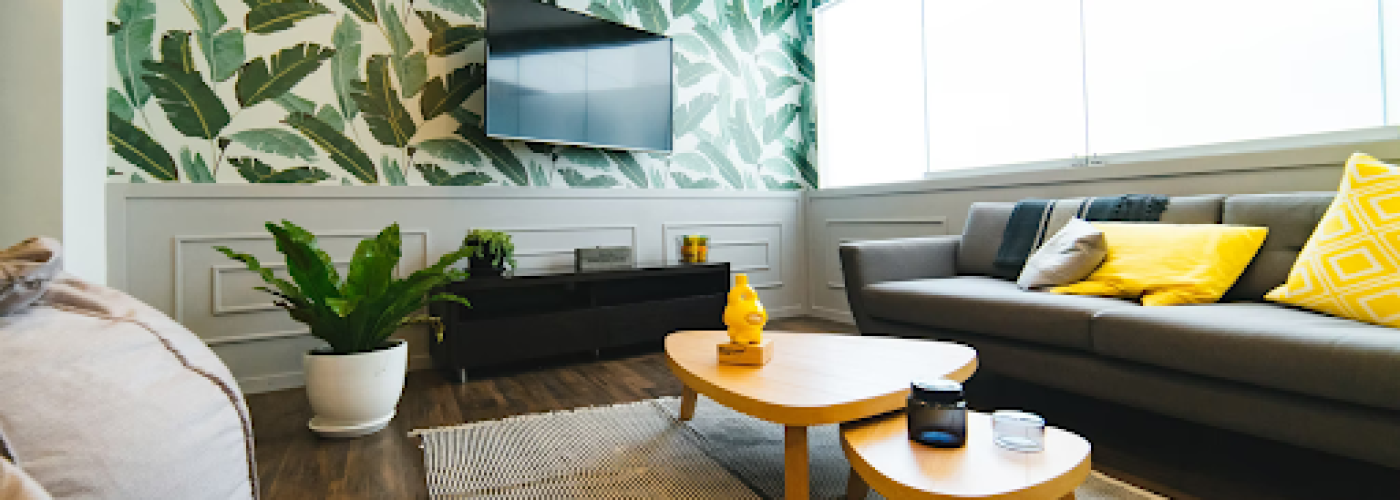Flowers and plants are beautiful to look at, but it can be difficult to know what color matches your wall. As you may or may not know, flowers and plants come in many shapes, sizes, colors, and levels of brightness. They also have different needs depending on where they are located in your house.
For example, if you place a plant in front of a window that gets plenty of sunlight then it could grow larger than one that is placed near the window but doesn’t get much light. Regardless of how bright or dark your plants are, there is always an option for you to match them with the color of your walls.
Scroll down below to find out more information about how to do this!
Why is it important to match flowers and plants to your wall color?
The wall color has an impact on the overall look of the room, for instance, if your wall color is dark, the flowers and plants will add little brightness to the room and contrast with the gloomy wall color. Conversely, if you have a light-colored wall, then you can use a lighter-colored flower or plants to give the room an optimistic vibe.
In terms of color, if you are trying to create a happy mood for your home, then you should aim for bold or bright colors such as yellow, orange, or red for the walls and flowers, which are always happy colors, in the scheme of things. These bright colors will add brightness and cheer to the room and make it seem like a cheerful space that is full of promise and joy.
During holidays such as Valentine’s Day or Christmas, seasonal flowers can contribute to your decoration. Roses are traditionally associated with Valentine’s Day, but so are carnations, tulips, orchids, and peonies. You can find a great selection of seasonal and holiday arrangements on Bouqs.com, so be sure to start planning your Valentine’s Day decor ahead of time!
Play with color schemes and contrasts
There are many flowers and plants that can match with your wall color. You can also choose plants that would match your furniture. For instance, if you have a vibrant yellow sofa, you can place some yellow daisies on an end-table next to the sofa.
However, you don’t have to match exact colors, a good rule of thumb is to use complementary colors. If you look at a color wheel, the colors that complement each other on the color wheel will add up to give you a unique combination of colors to use for the scheme. Colors that complement each other are within the same color families. For example, blues are often used in combination with yellow and greens.
This also means that if you combine two colors from opposite ends of the color wheel, you will end up with a very strong contrast, which may appeal to some people. For example, purple is directly opposite of yellow, but provides a strong visual contrast that will work well together.
Don’t neglect your kitchen either, as it should be an important area for any home, a place where families will gather. There are a lot of kitchen themes to consider, from traditional ceramic tiles, to timeless freestanding kitchen design.
Consider your lighting
When it comes to arranging the flowers and plants, one of the most important aspects is the lighting. Think about how well the flowers and plants would play with the light. Some flowers would shine beautifully when the room is lit up and others would have no chance of doing the same.
For example, if your vividly colored flowers are placed in a dimly lit corner of the room, they won’t really stand out. However, if the flowers are placed in a sunny corner of the room, they will enhance the entire room and make it look beautiful.
If you like to play with ambient lighting, some colors may also do unique things to other colors. For example, a neon blue light will make yellows and greens seem to glow in the dark, similar to a blacklight poster. This can do some really visually interesting things for your flower arrangements.
Conclusion
Overall, there is a lot to consider when you are arranging flowers and plants in your living room. But simply adding flowers won’t make a poorly designed room suddenly better – also be sure to consider your overall theme, spacing, and plaster over your wall cracks if you have any, so nothing detracts from your room ambiance.
Using your living room as an extension of your artwork and also a place where you like to relax and unwind, you can add flowers and plants to your living room at any time and you don’t necessarily have to wait for the decorating season to come. However, you do need to be careful while choosing the flowers and plants because they should blend with your living room.





